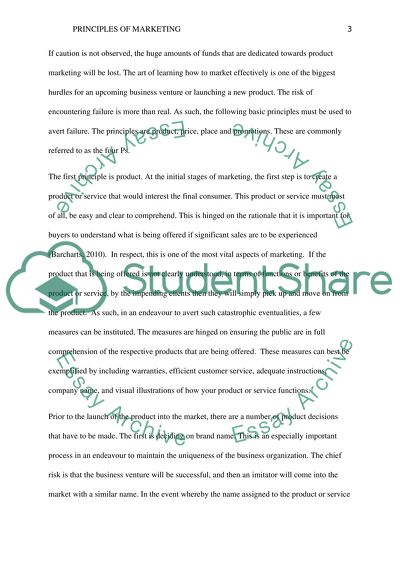Cite this document
(“Marketing Principles Assignment Example | Topics and Well Written Essays - 2250 words”, n.d.)
Retrieved from https://studentshare.org/marketing/1471721-marketing-principles
Retrieved from https://studentshare.org/marketing/1471721-marketing-principles
(Marketing Principles Assignment Example | Topics and Well Written Essays - 2250 Words)
https://studentshare.org/marketing/1471721-marketing-principles.
https://studentshare.org/marketing/1471721-marketing-principles.
“Marketing Principles Assignment Example | Topics and Well Written Essays - 2250 Words”, n.d. https://studentshare.org/marketing/1471721-marketing-principles.


